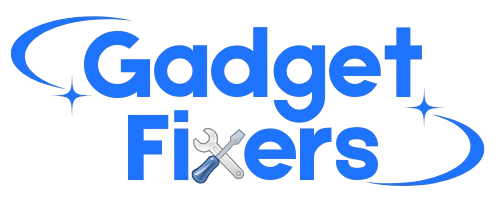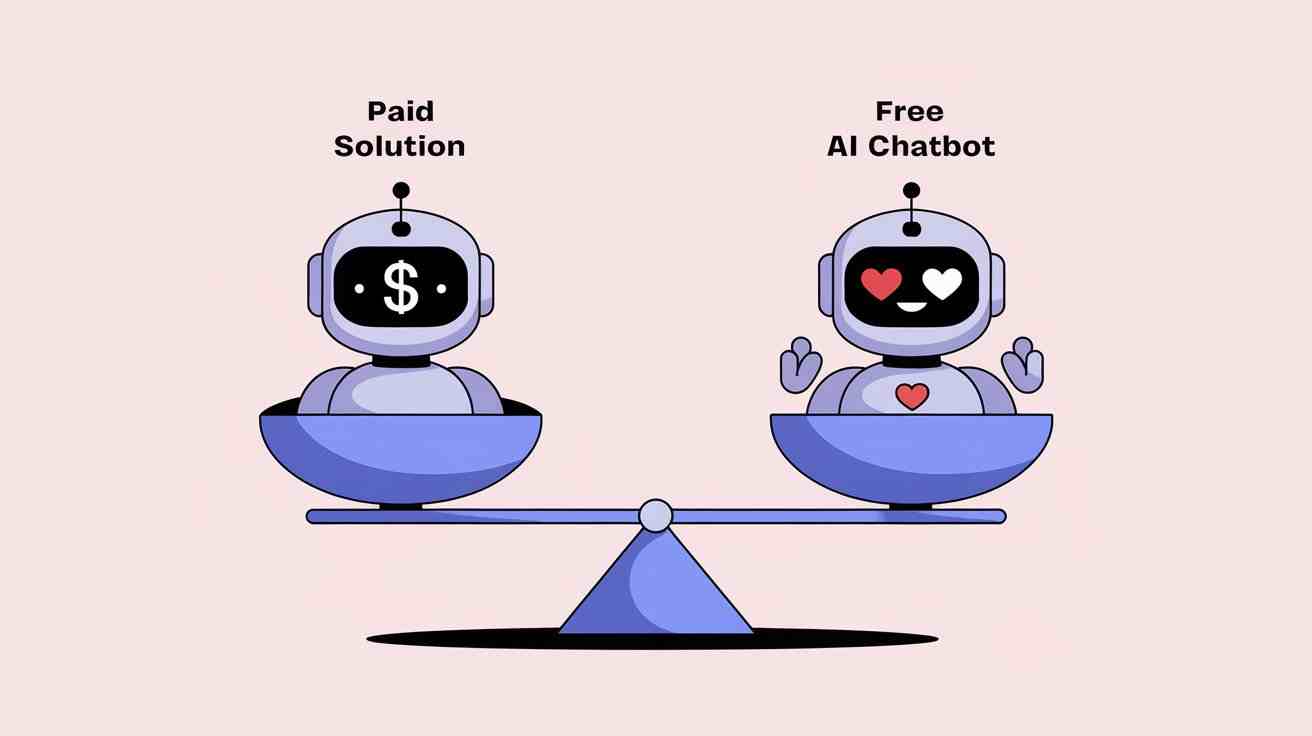AI chatbots are quickly becoming a vital tool for businesses of all sizes. They help enhance customer service, streamline operations, and offer 24/7 support. However, when it comes to selecting an AI chatbot, businesses often face a choice: free or paid solutions? Free AI chatbots vs paid Both options come with their own set of benefits and limitations, so it’s essential to understand which will suit your needs better.
In this comprehensive comparison, we’ll take a deep dive into the best free AI chatbots and paid chatbot solutions, Free AI chatbots vs paid examining their features, ease of use, scalability, and more.
What Are AI Chatbots?
AI chatbots are software applications that use artificial intelligence (AI) to simulate human conversation. These chatbots can engage in text or voice-based interactions with users, handle inquiries, resolve issues, or even make purchases. They’re especially popular in customer service, sales, and marketing.
Businesses rely on AI chatbots for their ability to work round the clock, answer frequently asked questions, and improve user engagement. However, depending on your business size and goals, you might wonder whether to opt for free or paid chatbot platforms.
Free AI chatbots vs paid: Advantages and Limitations
Free AI chatbots can be a great choice for startups, small businesses, or individuals looking to experiment with AI chat technology without a significant financial investment. Let’s look at some of the best free chatbot options.Free AI chatbots vs paid.
1. Chatfuel
Chatfuel is one of the most popular free chatbot builders, particularly for creating bots on Facebook Messenger. Its free plan offers a user-friendly interface with drag-and-drop features, making it easy for users with no coding experience to build bots.
Advantages:
- No coding required: You can build sophisticated chatbots with zero programming skills.
- Integration with Facebook Messenger and other social media platforms.
- Customizable: You can create personalized workflows and add custom responses based on user interactions.
Limitations:
- Limited features in the free version (e.g., AI-based responses and more advanced integrations are only available in paid plans).
- Can only serve up to 50 users per month for free.
2. TARS
TARS offers a free plan where users can create conversational bots for lead generation and customer support. This platform focuses on easy-to-build, user-friendly chatbots designed for websites.
Advantages:
- Simple user interface: You can create bots in minutes without coding.
- Lead generation and customer service workflows are optimized.
- Data analytics: Track chatbot performance through metrics like conversion rates and user engagement.
Limitations:
- Limited customization options.
- No integration with CRM tools or advanced features unless upgraded.
3. MobileMonkey
MobileMonkey is another leading chatbot builder that offers a free plan suitable for businesses focusing on messenger marketing.
Advantages:
- Integrates with Facebook Messenger, Instagram, and SMS for a multi-channel experience.
- Free version allows unlimited messages.
- Easy-to-use drag-and-drop builder.
Limitations:
- The free plan is quite limited in functionality and is primarily suited for small businesses or individual projects.
- Lacks some advanced features like analytics and customer segmentation.
Paid AI Chatbots: Benefits and Key Features
Paid AI chatbot platforms typically offer enhanced features, better scalability, and more integrations with business tools. Let’s explore some of the best-paid chatbot solutions.
1. Intercom
Intercom is an all-in-one customer communication platform that offers an advanced AI-powered chatbot. It’s known for providing personalized experiences and seamless integrations with other business tools like Salesforce and HubSpot.
Advantages:
- Advanced AI: Use sophisticated AI capabilities to engage in personalized conversations.
- Integrated customer support features: AI chatbots can transition to live agents for complex queries.
- Multichannel support: Intercom can be used on websites, mobile apps, and social media channels.
Limitations:
- Higher cost compared to other platforms.
- Can be overwhelming for smaller businesses due to its complexity.
2. Drift
Drift is designed for sales teams and helps businesses engage leads, schedule meetings, and nurture prospects with AI-powered chatbots. It integrates seamlessly with your CRM and calendar tools.
Advantages:
- Lead qualification: Drift’s AI can ask questions to qualify leads and schedule meetings.
- Customizable workflows: Chatbot responses and actions can be tailored based on user interactions.
- Great integration capabilities: Works well with CRM platforms like Salesforce and marketing tools like HubSpot.
Limitations:
- Pricing can be steep for small businesses.
- Some advanced features are locked behind higher-tier plans.
3. Dialogflow (by Google Cloud)
Dialogflow is Google’s AI-powered chatbot platform, known for its NLP (natural language processing) capabilities. It’s ideal for businesses seeking highly customizable, powerful chatbots for both small and large-scale operations.
Advantages:
- Google Cloud integration for scalability.
- Multilingual support: Can engage customers in various languages.
- Highly customizable: Developers can create advanced bots with deep learning capabilities.
Limitations:
- Requires some coding skills for full utilization.
- Pricing is based on usage, and can get expensive for high-volume traffic.
Free AI chatbots vs paid: Key Differences
When choosing between free and paid AI chatbots, consider the following key factors:
1. Customization & Flexibility
Paid solutions typically offer more robust customization options. Free tools like TARS or MobileMonkey offer limited workflows and integrations, while paid tools like Intercom and Dialogflow provide greater flexibility to tailor bots to your needs.
2. Scalability
Free AI chatbots may be great for small-scale operations, but as your business grows, you might encounter limitations with user capacity, analytics, and integrations. Paid solutions like Drift and Intercom scale with your business, offering more advanced features and customer engagement tools.
3. Support and Features
Free platforms often have limited customer support or community-based help. Paid options come with dedicated support teams, as well as advanced analytics, integrations with CRMs, and features like live chat transfer.
4. Cost Efficiency
Free tools are perfect for small businesses or individual entrepreneurs, but paid solutions tend to offer more value for money as they provide superior features, security, and reliability.
5. Use Case Suitability
For businesses focused on customer support, a free solution like Chatfuel may work, while larger businesses focused on sales automation may prefer paid platforms like Drift or Intercom.
Free AI chatbots vs paid: Which Should You Choose?
Whether you opt for a free AI chatbot or a paid one depends largely on your business’s goals, size, and budget. Free tools like TARS and Chatfuel are excellent starting points for small businesses or startups, while larger enterprises that require advanced features and scalability might benefit more from paid platforms like Intercom or Drift.
For those seeking a more customizable, highly scalable solution with extensive integration options, paid solutions will likely be the best choice. However, for smaller businesses looking to dip their toes into the world of AI chatbots without significant upfront investment, free chatbots provide an excellent stepping stone.

